When the U.S. Commerce Department added Huawei Technologies Co to its “entity list” in May 2019, the Chinese tech giant retaliated about 3 months later by revealing its own operating system, called HarmonyOS. The blacklist has affected Huawei’s overseas revenue, who was then the world’s No. 2 smartphone maker – ahead of Apple – but behind Samsung.
Still, Huawei said it prefers to continue using Google’s Android operating system. It realised that it was not easy to switch its phones to HarmonyOS even though the operating system was ready. That’s because consumers are typically reluctant to change operating systems. To make matters worse, there are many Android-based alternatives such as Xiaomi, Oppo, Vivo, OnePlus and whatnot.
The fact that HarmonyOS has been in development for merely two years means the operating system is still a long way to go before it could rival Apple’s iOS and Google’s Android – two largest mobile ecosystems in the world. The primary problem with Huawei’s own operating system is the lack of apps developed for the platform.
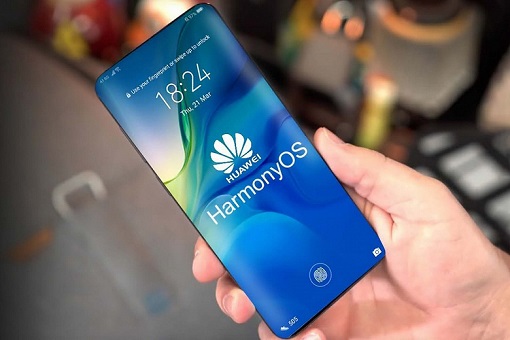
Today, there are about 3.3-million Android apps on Google Play. Although Huawei can theoretically switch all of its users to its new operating system with ease, the associated apps would need to be modified, as Harmony OS is not compatible with Android. Huawei needs to convince app developers to port their apps from Android to Harmony – and keep updating them thereafter.
Huawei is also facing the chicken-and-egg situation – developers want to see mass adoption of HarmonyOS before they invest in the platform, while at the same time consumers want to see the availability of all of the popular applications before they buy them. Clearly, Huawei has to invest a lot of money and give a lot of incentives to convince developers to adopt HarmonyOS.
The argument goes like this – if even the big boys like Nokia, BlackBerry and Microsoft had failed to challenge Android, who is Huawei to break Google’s dominance in the mobile phone ecosystem? Besides, Huawei was not sure if the unpredictable Trump administration would make a U-turn in its trade-war-turn-tech-war against China.
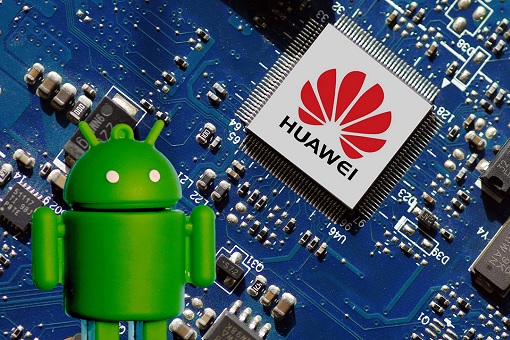
By now, after Huawei has been targeted by the Trump administration for over a year, it’s clear the U.S. will do everything to stop the Chinese from becoming a technology leader. The U.S.’ latest attempt to disrupt the supply chain saw the threat of slapping a trade sanction on China’s largest chip manufacturer – Semiconductor Manufacturing International Corporation (SMIC).
As usual, the U.S. justification to consider blacklisting SMIC is the allegation that the chip manufacturer has links to the Chinese military, to which SMIC has denied. SMIC said – “The company manufactures semiconductors and provides services solely for civilian and commercial end-users and end-uses. We have no relationship with the Chinese military.”
Every Tom, Dick and Harry know Washington wanted to cripple Beijing’s efforts to spur the country’s semiconductor industry as part of its “Made in China 2025” national strategic plan. As of 2019, only 16% of computer chips used in China were produced domestically. Beijing’s ambitious plan is to boost that figure to 70% by 2025. By then, the U.S. would be in trouble.
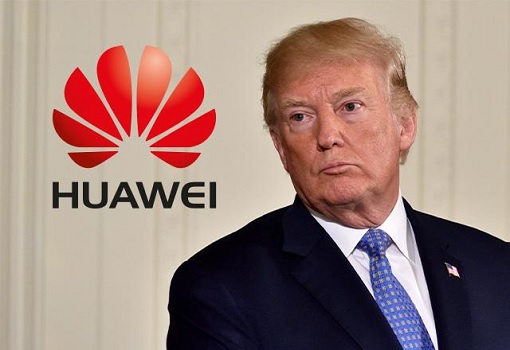
Essentially, the latest attempt to bankrupt China’s largest chip manufacturer SMIC was the last straw that broke the camel’s back. Beijing has no choice but to be less dependent on Western technology. It means Huawei, like SMIC, has finally realised that even if Trump is defeated in the November election, it cannot depend on Android OS forever.
Therefore, on Thursday (Sept 10), the Chinese tech giant announced during Huawei Developers Conference 2020 (HDC2020) in Dongguan, South China’s Guangdong Province that it would open up to worldwide developers and build the third largest mobile ecosystem. “If someone turns off the lighthouse, how could we navigate,” – said Ren Zhengfei, Huawei’s founder.
HMS (Huawei Mobile Services), Huawei’s counterpart to Google Play, now has 96,000 apps and some 1.8 million developers. That’s miles behind both Google Play and Apple App Store which have millions of apps. But Huawei needs to start somewhere. To attract more apps into its ecosystem, a beta version of its second-generation operating system – HarmonyOS 2.0 – for mobile developers will be launched by December 2020.
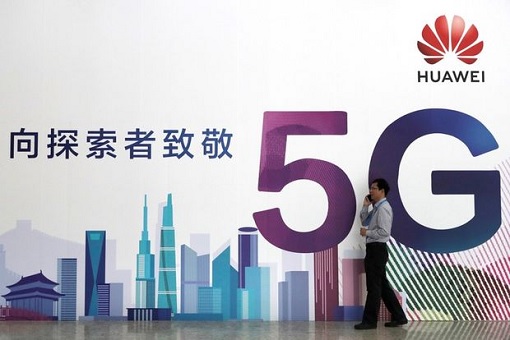
At the same conference, Huawei also revealed its plan to launch its proprietary Harmony OS on smartphones in 2021. Although Google has suspended business activity with Huawei, forcing the company to release its flagship smartphones without a licensed version, it has not affected its users in the mainland China where Google services like Gmail or search are blocked anyway.
Already, Huawei has 490 million active users on its ecosystem, arguably the third largest ecosystem after Google’s Android and Apple’s iOS. It is this huge user base that Huawei is leveraging to lure developers to its ecosystem. By hook or by crook, the HarmonyOS has to be successful in order to challenge the existing mobile system, which is being monopolised by U.S. companies.
In the worst case scenario, Huawei closes its overseas business while concentrating on its domestic market. However, even if HarmonyOS becomes more fascinating than Android, the company will need hardware to deliver its software. Hence, the biggest challenge is to solve the chips supply disruption. This year may be the last generation of Huawei Kirin high-end chips.
![]()
Although Huawei designs its own chips via a subsidiary called HiSilicon, those semiconductors – the Kirin – are actually manufactured by Taiwanese contract chipmaker Taiwan Semiconductor Manufacturing Company (TSMC), which in turn is using American chip making equipment. And Trump had closed this loophole by prohibiting it from supplying products to Huawei.
By September 15, TSMC has to stop supplying its advanced Kirin chips to Huawei. While Huawei can source from other players, it would lose its competitive edge without Kirin. Obviously, the outcome of the U.S. election in November will determine whether Huawei’s smartphone division survives or otherwise. For now, it has sufficient stockpiles of chips to last for 2020.
Other Articles That May Interest You …
- Sale Of TikTok Hits Roadblock – China Takes Control, Could Stop The U.S. From Owning Chinese AI Technology
- Trump’s Ban On WeChat Will Backfire On Apple – Chinese Users To Throw Away iPhones Without WeChat
- Trump To Cut Off Chip Supplies To Huawei – But The Chinese Tech Giant Has Begun Making Phones With Local Chipmaker
- China No Longer Needs U.S. Parts – Huawei Mate 30 Contains Zero American Chips
- From Trade War To Tech War – After 5G Technology, The US Aims To Cripple China’s Artificial Intelligence
- As Huawei Hits $100 Billion Revenue, Chairman Said The U.S. Has “Loser’s Attitude” & “Table Manners” Problem
- “You Cannot Crush Us” – Huawei Founder Warned About Shifting Investment From The U.S. To U.K.
- Huawei Strikes Back – U.S. Fears Of Being Left Behind, Fails To Hack Into Huawei To Spy
- China Invasion – Top 10 American Iconic Brands Now Owned By Chinese

|
|
September 12th, 2020 by financetwitter
|


|

|

|

|

|

|










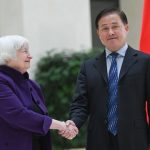

















Comments
Add your comment now.
Leave a Reply